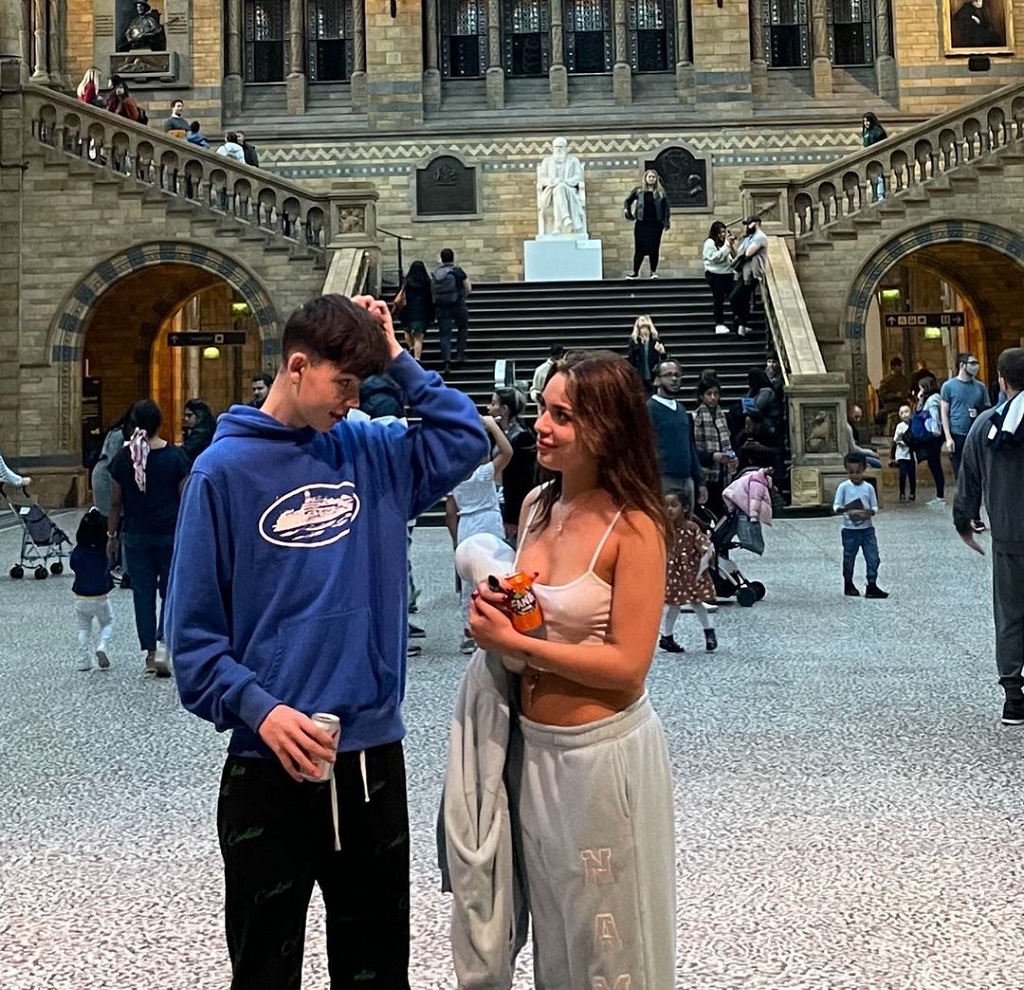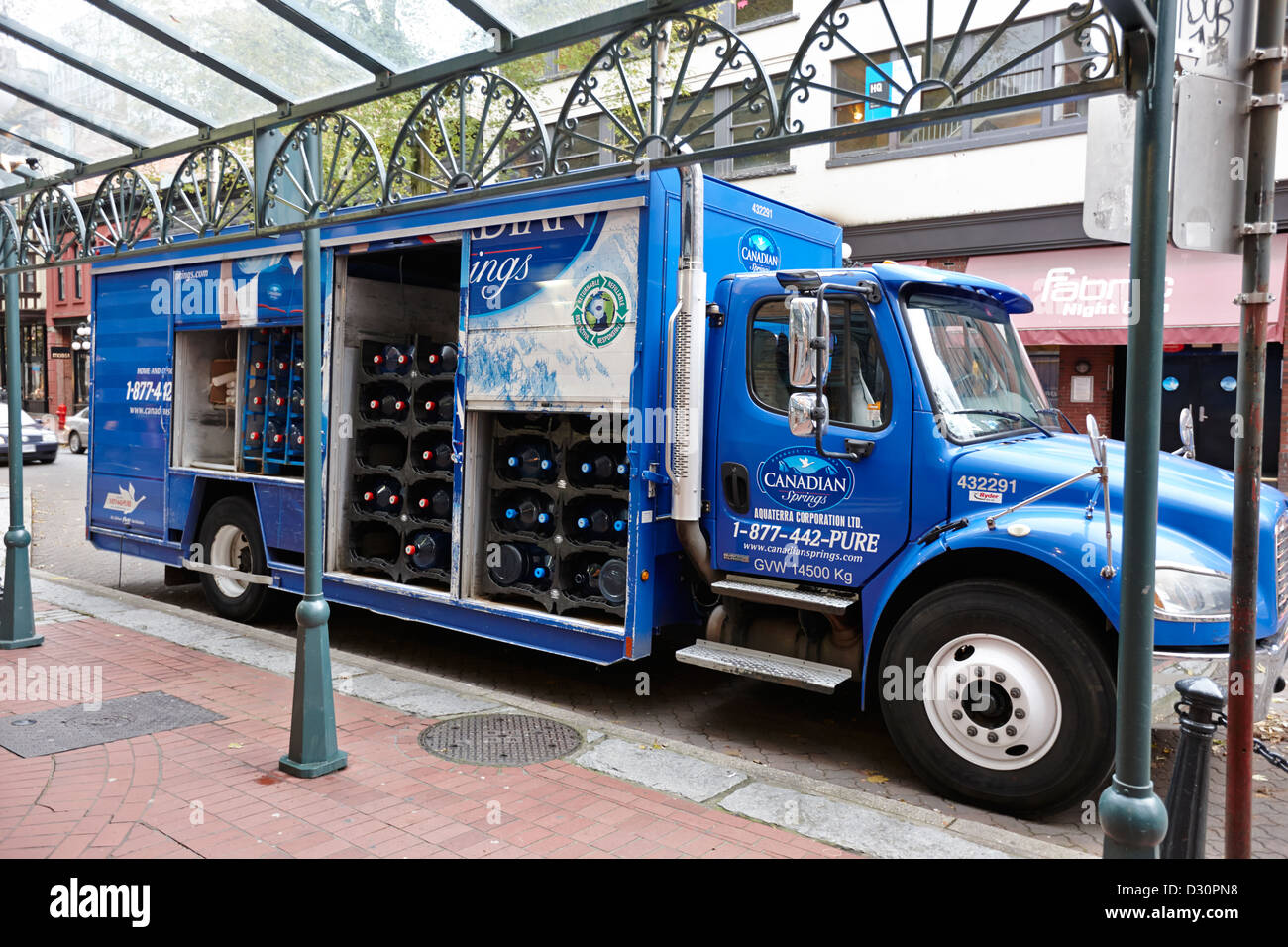Black Lives Matter Plaza: A History Of Its Creation And Erasure

Table of Contents
The Genesis of Black Lives Matter Plaza: A Response to Social Injustice
The creation of Black Lives Matter Plaza was a direct response to a surge of social and political unrest. The murder of George Floyd in Minneapolis in May 2020 ignited a global wave of protests against police brutality and systemic racism. The Black Lives Matter movement, already a significant force for social change, experienced a renewed surge in momentum, with demonstrations occurring in cities across the world. This climate of activism and outrage spurred local organizers in Washington, D.C. to demand a physical manifestation of solidarity with the movement.
Several factors fueled the demand for a dedicated space:
- The murder of George Floyd and subsequent nationwide protests: This event served as a catalyst for widespread outrage and a demand for systemic change.
- The rise of the Black Lives Matter movement globally: The movement's growing visibility and influence created a fertile ground for local initiatives like Black Lives Matter Plaza.
- Local activism and community organizing in Washington D.C.: Grassroots efforts played a crucial role in bringing the idea of the plaza to fruition.
- The role of Mayor Muriel Bowser in initially supporting the project: Her decision to rename the street and allow the mural to be painted signaled a level of official endorsement.
This confluence of events culminated in the painting of the now-iconic Black Lives Matter Plaza.
The Design and Symbolism of Black Lives Matter Plaza: A Visual Representation of a Movement
Black Lives Matter Plaza was more than just a painted street; it was a carefully crafted visual statement. Located on 16th Street NW, a major thoroughfare leading directly to the White House, its strategic placement amplified its message. The large, bold, uppercase yellow lettering of “Black Lives Matter” commanded attention, leaving no room for misinterpretation.
The design choices carried significant symbolic weight:
- The location's proximity to the White House: This underscored the direct challenge to the nation's political power structures.
- The use of bold, uppercase lettering for maximum impact: This emphasized the urgency and importance of the message.
- The choice of yellow paint and its possible symbolic connotations: While interpretations varied, the bright color could be seen as representing optimism, hope, and the demand for a brighter future.
- The role of social media in amplifying the imagery and message: Images of the plaza quickly spread across social media platforms, transforming it into an international symbol of the movement.
The visual impact of Black Lives Matter Plaza resonated deeply with supporters of the movement and quickly gained widespread recognition.
The Controversy Surrounding Black Lives Matter Plaza: A Battle of Symbols and Ideologies
The Black Lives Matter Plaza was not without its detractors. The bold assertion of the message in such a prominent location immediately sparked controversy. The seemingly simple act of painting the street ignited a fierce debate reflecting deeply divided opinions on the movement itself.
The opposing viewpoints included:
- Criticism from conservative groups and politicians: Many viewed the plaza as an affront to traditional values and an unnecessary politicization of public space.
- Debate surrounding the appropriateness of the message in a public space: This involved discussions about freedom of speech, artistic expression, and the role of government in managing public discourse.
- The role of media coverage in shaping public opinion: News outlets often presented opposing viewpoints, contributing to the polarization of the debate.
- Arguments regarding the temporary vs. permanent nature of the artwork: Questions arose about whether the plaza should remain a permanent fixture or be viewed as a temporary expression of a specific moment in time.
The Erasure of Black Lives Matter Plaza: A Symbolic Act of Political Repression?
The eventual removal of Black Lives Matter Plaza solidified its place as a symbolic moment within the broader narrative of the Black Lives Matter movement. The decision to erase the mural, and the manner in which it was done, was seen by many as an act of political repression. The timing of its removal, coupled with the methods employed, further fueled these interpretations.
Key aspects of the erasure included:
- The timing of the removal and its context within political events: The timing of the removal was perceived by some as a deliberate attempt to suppress the movement's momentum.
- The methods used to remove the paint and their symbolic meaning: The process of repainting the street was seen by some as a deliberate attempt to erase the message and its significance.
- Public reaction to the removal of the plaza: The removal of the plaza triggered a wave of outrage and disappointment among supporters of the Black Lives Matter movement.
- Long-term effects on the community and the BLM movement: The removal of the plaza underscored the fragility of symbolic gestures and the ongoing challenges in achieving lasting systemic change.
Conclusion: Reflecting on the Legacy of Black Lives Matter Plaza
Black Lives Matter Plaza, despite its short-lived existence, served as a powerful symbol of the Black Lives Matter movement. Its creation, its vibrant symbolism, the controversy it sparked, and its ultimate erasure all contributed to its lasting impact. It remains a case study in the use of public space to express social and political demands, the fragility of these expressions, and the ongoing struggle for racial justice. The plaza's legacy transcends its physical removal; it continues to serve as a reminder of the importance of continued activism and the ongoing fight for equality. Learn more about the history of the Black Lives Matter Plaza and continue the fight for racial justice. Explore the ongoing work of the Black Lives Matter movement and find ways to support its mission for a more equitable future.

Featured Posts
-
 Jadwal Moto Gp Inggris 2024 Silverstone Klasemen Terbaru And Prediksi Marquez
May 26, 2025
Jadwal Moto Gp Inggris 2024 Silverstone Klasemen Terbaru And Prediksi Marquez
May 26, 2025 -
 The Sarah Vine Whats App Incident Lessons In Digital Communication
May 26, 2025
The Sarah Vine Whats App Incident Lessons In Digital Communication
May 26, 2025 -
 Met Gala 2025 Naomi Campbells Absence And The Wintour Conflict
May 26, 2025
Met Gala 2025 Naomi Campbells Absence And The Wintour Conflict
May 26, 2025 -
 Increased Competition In Canadian Delivery The Impact Of Canada Posts Performance
May 26, 2025
Increased Competition In Canadian Delivery The Impact Of Canada Posts Performance
May 26, 2025 -
 Deti Naomi Kempbell Podrosshie Nasledniki I Predpolagaemiy Roman Supermodeli
May 26, 2025
Deti Naomi Kempbell Podrosshie Nasledniki I Predpolagaemiy Roman Supermodeli
May 26, 2025
